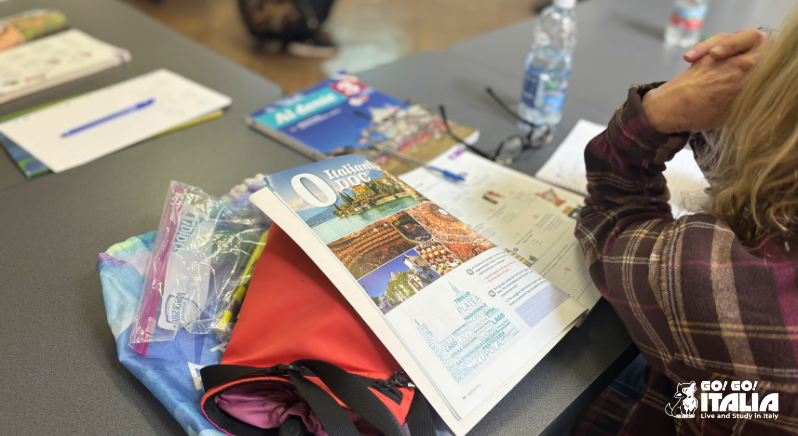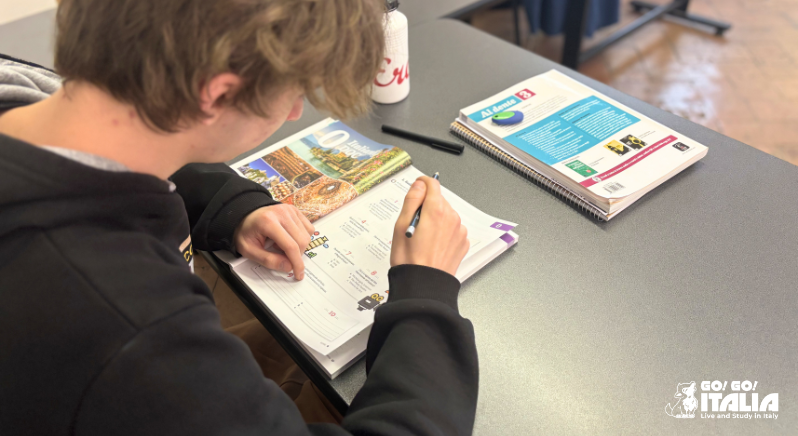Whether you’re planning a trip to Italy, learning the language, or just curious about culture, knowing how to greet in Italian properly is essential. Greetings in Italy are not only about words, they reflect the warmth, respect, and social dynamics deeply rooted in Italian life. From a casual ciao to a more formal buongiorno, greetings can vary depending on the time of day, the setting, and your relationship with the person.
Here’s your guide to greeting in Italian like a local.
1. The basics: How to greet in Italian
- Ciao
This is probably the most famous Italian word worldwide. Ciao means both “hi” and “bye,” and is used in informal settings among friends, family, or young people. It’s warm, friendly, and casual, but not suitable for professional or formal situations. - Salve
A great middle ground between formal and informal. Salve is polite and neutral, and can be used with people you don’t know well, including shopkeepers or acquaintances. It’s a safe choice if you’re unsure of the level of formality required. - Buongiorno / Buonasera
These are more formal greetings and are widely used in professional or respectful contexts. Buongiorno means “good morning” or “good day,” typically used until the early afternoon. After that, switch to Buonasera, which means “good evening.” These are ideal in business settings, or when addressing older people or strangers. - Buonanotte
Used when saying goodbye at night, especially before going to bed. Unlike buonasera, which is a greeting, buonanotte is more of a farewell.

2. How to greet in Italian according to time of day
Timing matters in Italian greetings. Here’s a quick breakdown:
- Morning to early afternoon (until around 2 PM): Buongiorno
- Afternoon to evening (after 2 PM): Buonasera
- Late night / bedtime: Buonanotte
In casual settings, especially among young people, time-specific greetings might be skipped entirely in favor of a simple ciao.
3. How to say “How are you?” in Italian
Once you’ve greeted someone, it’s common to ask how they are:
- Come stai? (informal)
Used with friends or people your own age. - Come sta? (formal)
Used with elders, in business settings, or when speaking to someone you don’t know well.
Typical responses might include:
- Bene, grazie! (Good, thank you!)
- Tutto bene. (All good.)
- Non c’è male. (Not bad.)

4. Cultural tips: more than words
In Italy, greetings often involve physical gestures. Among friends and family, it’s customary to greet with a kiss on both cheeks, starting with the left. Among men, especially in southern Italy, handshakes or even warm hugs can be common depending on the relationship.
In professional or unfamiliar settings, a firm handshake and eye contact are expected.
Remember that politeness and formality can vary by region. In northern Italy, people might be slightly more reserved, whereas in the south, greetings can be more expressive and warm.
5. Email and written greetings
In writing, especially emails, greetings also differ depending on formality:
- Caro/Cara [name] ( Dear ) – informale
- Gentile [title + surname] (Dear Mr./Ms. Lastname) – formale
- Buongiorno/Buonasera (Good day/Good evening)
Endings might include:
- Cordiali saluti (Kind regards) – formal
- Un abbraccio (A hug) – informal
- A presto (See you soon)
Ready to start learning Italian or take your skills to the next level? Get in touch with us!
Even if you’re still unsure about studying in Italy and just have a few questions, no problem, we’re here to help. Feel free to write to us anytime!
Want to know more about Italy and Italian culture? Follow us on our social media!



